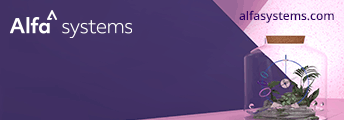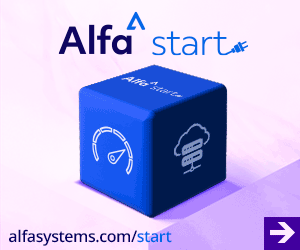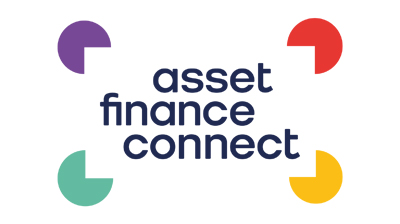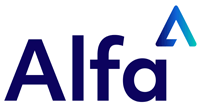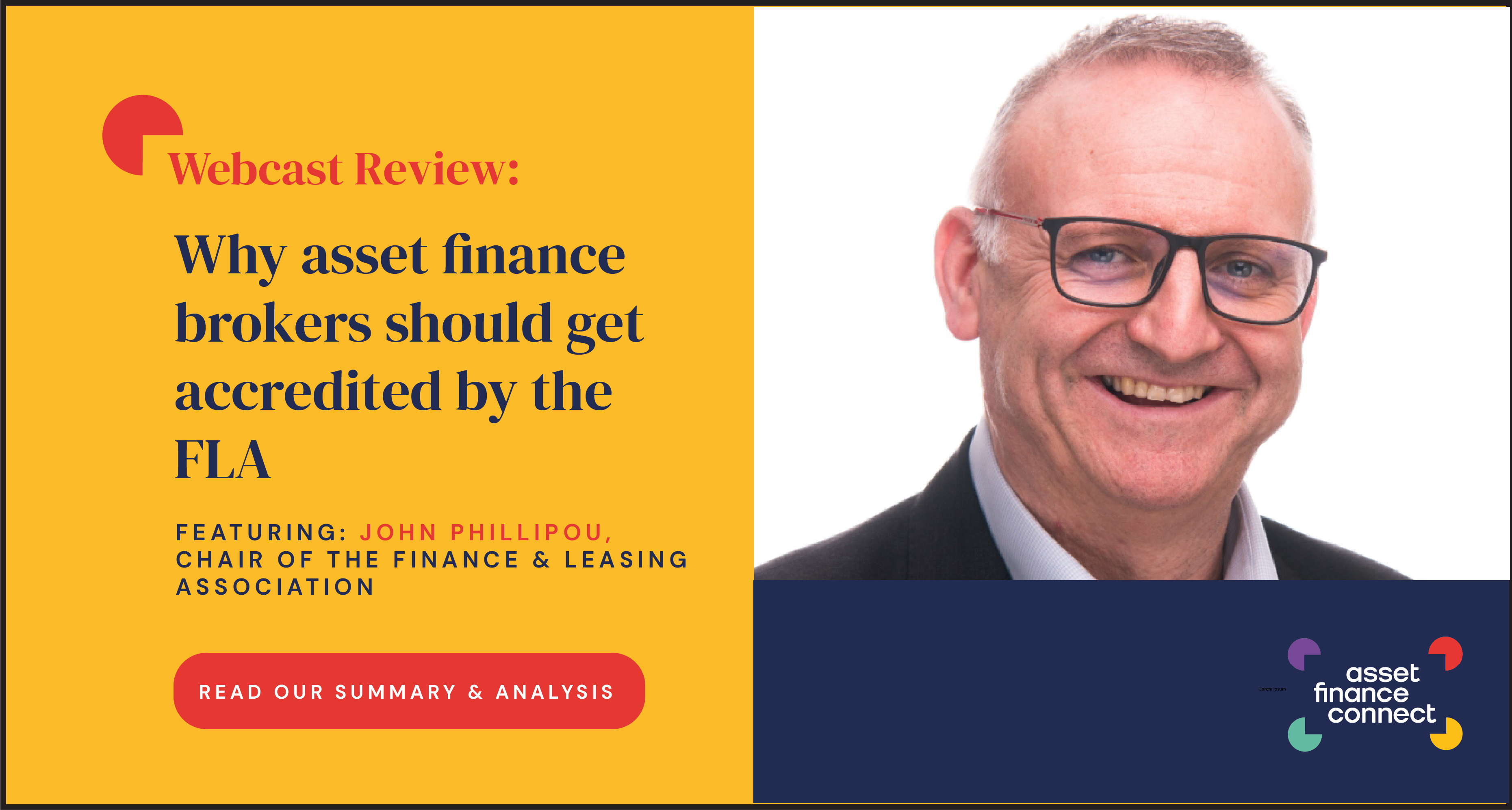Although harsh winter weather led to a GDP decline of 2.1% in the Q1 2014 — putting the economy in a deep hole to begin the year — growth has been robust in subsequent months.
The US Equipment Leasing and Finance Foundation (ELFF) reports that the economy expanded at a 4.6% clip in Q2 2014 and a solid 3.9% rate in Q3, marking the strongest six-month period in more than a decade. Growth was broad-based in Q3, as government spending accelerated and consumer spending, residential investment, exports, and business investment all made positive contributions.
A steady strengthening of the labor market continued through the autumn, as the economy added 835,000 jobs in September, October, and November. Oil prices have fallen by roughly 45% since June, which has reduced gasoline prices and will likely boost consumer spending in the coming months. Moreover, with CPI remaining well under 2% and oil prices sharply lower due in part to increased domestic supply and reduced global demand, inflation pressures remain muted.
Although 3% GDP growth is simply the average pace of growth over the period from 1970 to 2007, the US economy has not attained this rate since 2005 — or, put another way, the country has endured nine straight years of subpar growth.
Key bright spots
In 2015, however, key "bright spots" bode well for above-average growth, including a rapidly improving labor market, lower oil prices, greater access to credit, and fiscal healing.
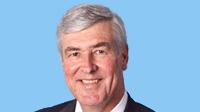
William G. Sutton, president of the ELFF and president and CEO of the Equipment Leasing and Finance Association, (pictured) said: “The Association’s Monthly Leasing and Finance Index reports new business volume is up, the Foundation’s Monthly Confidence Index shows industry confidence is solidly positive, and this outlook for 2015 projects continued steady growth in equipment and software investment.
“Equipment investment has been relatively modest in recent years, but picked up in 2014 and now seems poised to maintain this momentum into 2015. Overall, these trends portend a positive result for the equipment finance industry and US economy.”
Meanwhile "wild cards" that could hinder growth include weakness in the global economy, potential political gridlock, and geopolitical risks. Overall, the ELFF expects the strengthening labor market to propel GDP growth to 3.3% in 2015, which is slightly above consensus forecasts.
Equipment and software investment increased 9.3% in Q3 2014 after expanding 9.6% in Q2.
“Looking ahead,” Sutton said, “we expect growth in equipment and software investment to moderate somewhat, as it is unlikely to keep up the strong pace seen in Q2 and Q3. We expect growth to be 5.9% in 2014 and forecast 6.0% growth in 2015. Our outlook for individual equipment and software verticals over the next year is mixed:
• Agriculture machinery investment could see continued moderate declines over the next three to six months;
• Construction machinery investment should moderate over the next two quarters;
• Materials handling equipment investment growth may experience some moderation over the next three to six months;
• All other industrial equipment investment will likely remain strong over the next three to six months;
• Medical equipment investment growth is expected to be little changed over the next two quarters;
• Mining & oilfield machinery will likely slow or potentially experience negative growth in investment over the next three to six months, given recent declines in oil prices;
• Aircraft investment growth is expected to remain relatively stable over the next three to six months;
• Ships & boats investment will likely see little change in the next two quarters;
• Railroad equipment investment should moderate over the next three to six months;
• Trucks investment is expected to be little changed over the next three to six months;
• Computers investment will likely experience relatively stable investment over the next three to six months; and
• Software investment will likely see a slight moderation in growth over the next three to six months.
The Federal Reserve concluded its bond purchases (QE3) in October, turning attention now to the Fed's first interest rate increase.
“We expect the Fed to begin raising short-term interest rates late in the second quarter of 2015, but we also acknowledge that accelerated economic recovery could cause the Fed to pull forward its first rate hike. Continued improvement in the economy should gradually loosen credit constraints and increase credit demand as businesses and households gain more confidence in the economy.”
However, further worsening in the global economy or destabilization in Ukraine or the Middle East could dampen confidence and disrupt financial markets. Lastly, domestic policy uncertainty caused by political gridlock is a risk to watch again in 2015, with the potential to hurt investment and growth.

